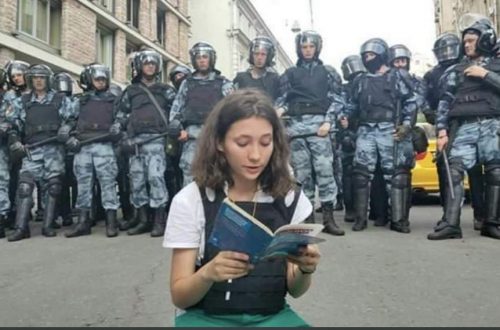This is a guest post by Ben Judah
The West’s image of Russia is clouded by myths – foremost amongst them the tale that Russia is “dying out.” That’s not the case. Russia has become a migrant for magnets, its fuelled oil-wealth sucking in as many as 15 million migrants that aren’t counted in the census. That’s roughly 8 million more workers than Russia has lost since 1991. Russia is changing as part a global trend that is seeing the ‘global north’ demographically blend with its southern neighbours, the US with Mexico, Europe with North Africa and the Middle East and Russia with Central Asia and the Caucasus.
“Hamid drives a clapped-out Soviet bus in a Russian mining colony beyond the Arctic Circle, where temperatures regularly plunge below minus forty. Yet this native of the Uzbek deserts has few regrets about his decision to migrate to Putin’s empire.
“In my country there more men than jobs – In Russia there are more jobs than men.” He expresses himself in the faultless Russian of a Soviet education. “It’s easy for us to come and work here. The borders are not hard to cross, we speak the language and there are lots of people who can make you the permits.”
Russia is now an immigrant society. In Moscow and other major cities, migrants from the ex-Soviet states of Central Asia, the Caucasus and Eastern Europe do the work that natives turn down. Tajiks sweep the streets, Moldovans wait tables and Uzbeks work on construction sites. The metro flutters with flyers stuck inside carriages hawking the mobile numbers of professional forgers -“We Make Your Moscow Permit.”
Russia has become the second most popular destination for migrants in the world after the USA. In St. Petersburg hour long queues snake round the migration bureau where hundreds of migrants nervously swap cigarettes for job tips as they wait to register. Magadan on the Pacific has several Georgian restaurants and even on the dirt tracks of northern Siberia, Uzbek cafeterias are not uncommon.


